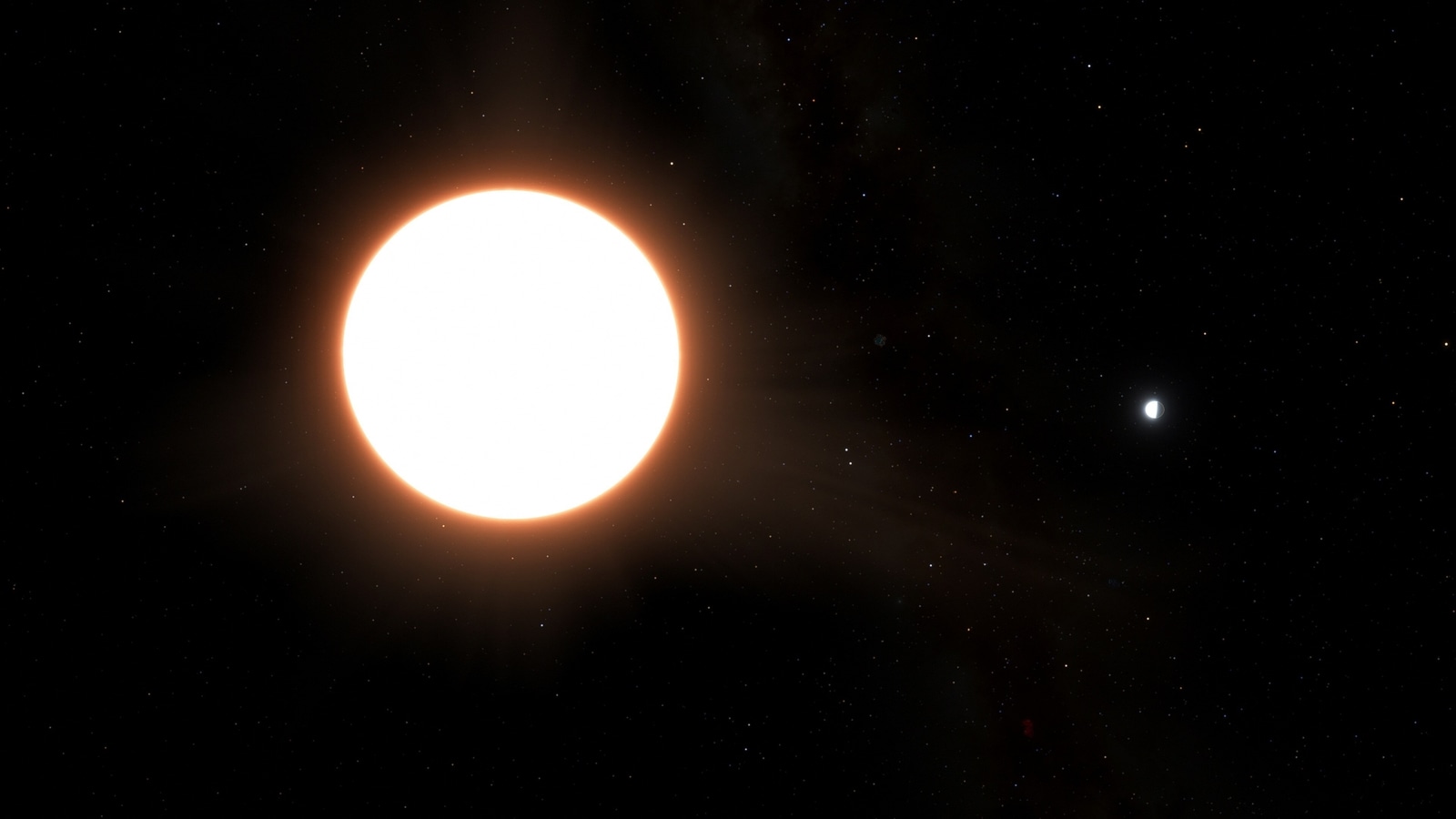Largest 'mirror' in the Universe! Check out this unique exoplanet
Astronomers found the most reflective planet ever observed outside of our solar system. Check out the details here!

Europe's Cheops Space Telescope has discovered a scorching hot exoplanet where metal clouds and rain drops of titanium are making it the most reflective planet ever seen outside our solar system. The planet is located 260 light years away from Earth which reflects 80 percent of the light from its host star.
Astronomers believe that the exoplanet can match Venus' shininess and planet LTT9779 b which was found earlier in 2020 and orbits its star in just 19 hours.
About the newly discovered exoplanet
According to ESA. the exoplanet is the same in size as Neptune, making it the largest “mirror” in the Universe. Its exceptional reflectivity can be attributed to the presence of metallic clouds. These clouds consist mainly of silicate.
The researchers believe the planet's size and temperature make it a ‘ultra-hot Neptune' and no such planet has been found earlier.
Astronomers believe that such planets should not exist. It is said that such a planet is surviving due to its metal clouds. The clouds play a crucial role in reflecting light like a mirror which prevents the planet from being too hot. Also, the planet's significant metallic composition adds weight to both the planet and its atmosphere which makes it even more challenging to be swept away.
The Cheops Space Telescope, which was launched in 2019 played a crucial role in measuring the planet's reflectiveness by comparing the light before and after LTT9779b disappeared behind its star.
what is the role of Cheops space telescope?
Cheops is ESA's Characterising ExOPlanet Satellite. It is operational from Sun-synchronous dusk–dawn orbit 700 km above Earth. It was launched to study bright, nearby stars that are known to host exoplanets. The goal of the mission is to gather highly accurate measurements of the planet's dimensions during its transit across the host star. It plays a fundamental role in discovering such foreign planets which are bigger than Earth or the size of Neptune.
It utilizes the transit method to measure the size of planets with known mass which also helps get the bulk density. These findings help astronomers to study and find the secrets of the formation and evolution of planets in huge size ranges.
Catch all the Latest Tech News, Mobile News, Laptop News, Gaming news, Wearables News , How To News, also keep up with us on Whatsapp channel,Twitter, Facebook, Google News, and Instagram. For our latest videos, subscribe to our YouTube channel.





























